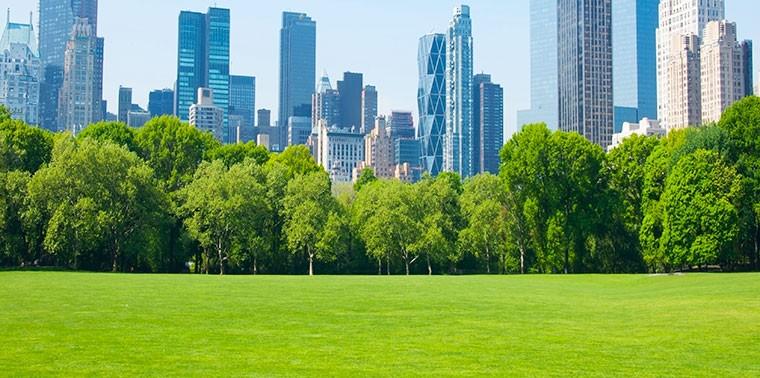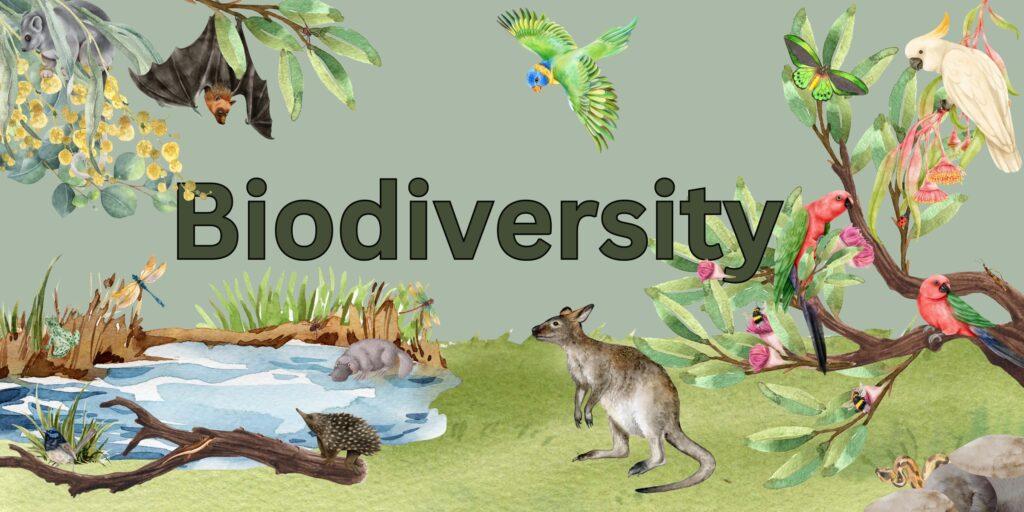In an age where concrete jungles rise high and sprawling suburbs expand relentlessly, the intricate balance of nature faces unprecedented strain. “” delves into the often-overlooked consequences of rapid urban development on the ecosystems we depend on. From the dwindling habitats of local wildlife to the subtle shifts in climate and air quality, the impact of urbanization reaches deep into the roots of our environment. This article invites readers to explore the profound transformations brought about by human expansion and to reflect on the delicate interplay between progress and preservation. Through a lens of neutrality, we will unravel the complexities of urban growth, illuminating both the challenges and the potential pathways toward a more harmonious coexistence with the natural world.
Table of Contents
- The Disappearing Green Spaces: Understanding Urbanizations Footprint
- Biodiversity at Risk: The Silent Crisis in Our Cities
- Innovative Solutions for Sustainable Urban Growth
- Community Action: Reconnecting Citizens with Nature
- Final Thoughts
The Disappearing Green Spaces: Understanding Urbanizations Footprint

The rapid march of urbanization has left a significant mark on our planet, leading to the gradual disappearance of green spaces that were once the lifeblood of cities. As concrete jungles expand, parks, gardens, and natural habitats are often sacrificed for the sake of development. This transformation not only affects the aesthetic landscape but also disrupts local ecosystems and diminishes biodiversity. The consequences ripple through urban wildlife, diminishing habitats for birds, insects, and other species, which struggle to adapt to the changing environment. Urban areas are often described as heat islands, where the absence of vegetation contributes to higher temperatures and worsens air quality, intensifying health issues among city-dwellers.
Moreover, the loss of greenery has profound implications for community well-being. Access to nature has been shown to enhance mental health and social cohesion; thus, its decline can lead to increased stress and isolation among urban populations. The lack of parks and recreational areas stifles opportunities for outdoor activities, which are essential for promoting active lifestyles. To underline this trend, consider the following table showcasing the correlation between urbanization and green space reduction:
| Year | Urban Area (sq km) | Green Space (sq km) | Percentage of Green Space |
|---|---|---|---|
| 2000 | 240 | 100 | 41.67% |
| 2010 | 300 | 70 | 23.33% |
| 2020 | 350 | 50 | 14.29% |
This stark reduction emphasizes the urgent need for urban planners and communities alike to prioritize the preservation of green spaces. Strategies such as incorporating parks in urban designs, restoring degraded environments, and adopting green architecture can help reestablish the balance between concrete and nature. Only by bringing awareness and advocating for sustainable urban growth can we begin to sustain our green heritage for future generations.
Biodiversity at Risk: The Silent Crisis in Our Cities

The relentless march of urban development has not only transformed skylines but has also exerted unprecedented pressure on the rich tapestry of life that exists within our urban ecosystems. As concrete replaces green, native species struggle to survive amidst the encroachment of invasive plants and animals. Urban habitats, once bustling with diverse flora and fauna, are now fragmented into isolated patches, unable to support the wildlife that once thrived there. This loss of connectivity means that crucial migration patterns and breeding behaviors are disrupted, leading to declining populations of various species. The delicate balance of urban ecosystems is tipping, pushing many local species towards the brink of extinction.
As we look deeper into the impact of urbanization, several key factors emerge that underscore the urgency of addressing this crisis:
- Habitat Destruction: Green spaces such as parks and wetlands are often the first victims of urban sprawl.
- Pollution: Air and water pollution significantly undermine the health of urban wildlife.
- Climate Change: Urban heat islands further exacerbate the challenges faced by flora and fauna in cities.
- Resource Competition: Human activities often outcompete native species for crucial resources like food and nesting sites.
| Factor | Effects on Biodiversity |
|---|---|
| Habitat Fragmentation | Isolates populations, reduces genetic diversity. |
| Urban Agriculture | Can support biodiversity, but often lacks native plant species. |
| Pollinator Declines | Threatens food systems reliant on pollination. |
| Invasive Species | Outcompete native species, disrupting local ecosystems. |
Innovative Solutions for Sustainable Urban Growth
As urban landscapes continue to expand, the need for innovative solutions that promote sustainable growth becomes increasingly urgent. Cities can evolve into green havens by employing strategies that prioritize ecological preservation while accommodating rising populations. Key approaches include:
- Smart Infrastructure: Implementing green roofs, vertical gardens, and permeable pavements that not only reduce the urban heat island effect but also absorb rainwater to combat flooding.
- Mixed-Use Development: Designing neighborhoods that blend residential, commercial, and recreational spaces, fostering community interaction and minimizing the reliance on personal vehicles.
- Urban Forestry: Investing in tree planting and urban forests to enhance air quality, provide shade, and create habitats for local wildlife.
To facilitate this transition, cities must also leverage technology and data analytics to monitor environmental impacts effectively. Strategies such as:
| Strategy | Impact |
|---|---|
| Smart Mobility Solutions | Reduces traffic congestion and emissions through the use of shared transport and electric vehicles. |
| Waste Reduction Programs | Encourages recycling and composting, cutting down landfill waste and promoting circular economies. |
Community Action: Reconnecting Citizens with Nature
Urban landscapes often overshadow the natural world, yet communities around the globe are finding innovative ways to bridge this gap. Local initiatives have sprung up, aimed at fostering an appreciation for nature through community gardens, urban forests, and green spaces. These projects not only beautify neighborhoods but also encourage residents to engage with their environment in tangible ways. By participating in efforts like tree planting and wildlife habitats, citizens can cultivate a stronger sense of stewardship for their natural surroundings.
Moreover, educational programs play a crucial role in reconnecting citizens with the ecosystems that sustain them. Many cities have begun to offer workshops and guided nature walks, inviting individuals to explore local flora and fauna while learning about the importance of biodiversity. The benefits of such activities extend beyond mere enjoyment; they can enhance mental well-being and foster a tight-knit community spirit. For example, initiatives that unite people in caring for local parks can have a significant impact on the environment and quality of life for all residents.
Final Thoughts
As we draw the curtains on our exploration of “,” we are left with a complex tapestry of interwoven narratives, vibrant ecosystems, and stark realities. The confluence of concrete and greenery invites us to reflect on our collective journey—a journey marked by innovation and progress, yet shadowed by the ecological toll of our choices.
Urbanization has reshaped landscapes in unprecedented ways, morphing flourishing habitats into bustling metropolises. This transition, while often heralded for its economic benefits, comes with the profound responsibility of stewardship over our remaining natural spaces. The stories of wildlife displacement, altered waterways, and dwindling biodiversity implore us to consider not just what we build, but how we coexist with the intricate web of life that sustains us all.
In navigating this complex terrain, it’s crucial to strike a delicate balance between urban development and environmental conservation. Through conscious planning and sustainable practices, there lies a path where the rhythms of nature and the pulse of urban life can harmonize, ensuring a future where both can thrive.
As we leave the discussion of urban pressures and nature’s resilience, let us carry with us the urgency to advocate for green spaces and biodiversity. For in doing so, we do not just safeguard our environment but also enrich our own lives, fostering a legacy that honors both progress and preservation. The choice is ours; let it be one that champions the symphony of nature amid the cacophony of urban existence.



